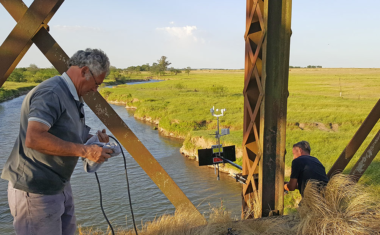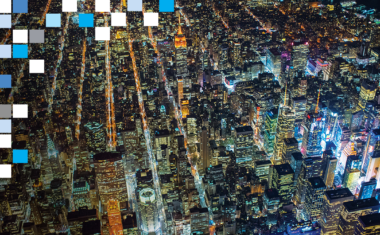HunchLab
- 3 min to read

About the city. New York City is using smart city solutions to help solve problems such as water quality, conservation, public safety, and waste management.
Goal
The purpose of HunchLab is to make policing more objective and less subject to individual bias.
Implementation period. The first time the New York Police Department conducted a 45-day test of software company Azavea’s HunchLab platform in 2015.
Fact
New York’s crime rates grew up in the 1980s and early 1990s when the crack epidemic began, but it has been dropping since 1991, and as of 2017, it is one of the lowest among major cities in the United States.
Solutions
The HunchLab’s software models crime forecasts based on “temporal patterns” (time of day, day of week, day of month, seasonality); weather; environmental risk factors (locations of bars, bus stops, etc.); socioeconomic indicators; historic crime levels; and near-repeat patterns to help police departments understand and respond more effectively to crime using the resources available to them.
This solution was made to identify crime hotspots, helping police increase public safety.
Challenges
Some opponents argued that police algorithms disproportionately target areas with large numbers of people of color and low-income residents because they reinforce stereotypes: for example, data on the frequency of past arrests may lead the algorithm to target low-income areas.
Team
Philadelphia-based company Azavea, NYPD
Timeline
Some predictions provided additional information and helped commanders and officers in making day-to-day targeting decisions.
In 2017 HunchLab was sold to Shotspotter.
If you notice an error or inaccuracy in our editorials, please email [email protected] so we can look into it.





